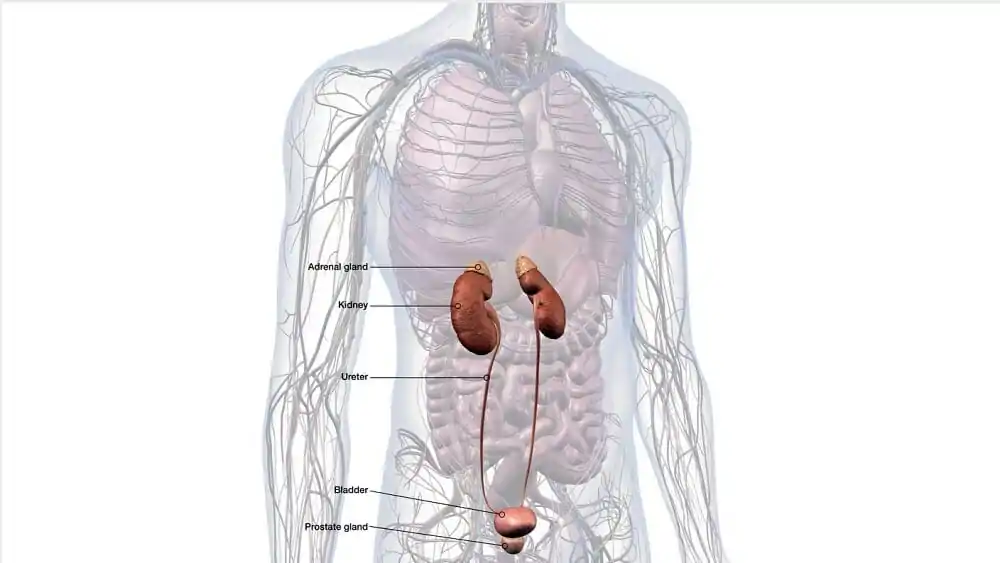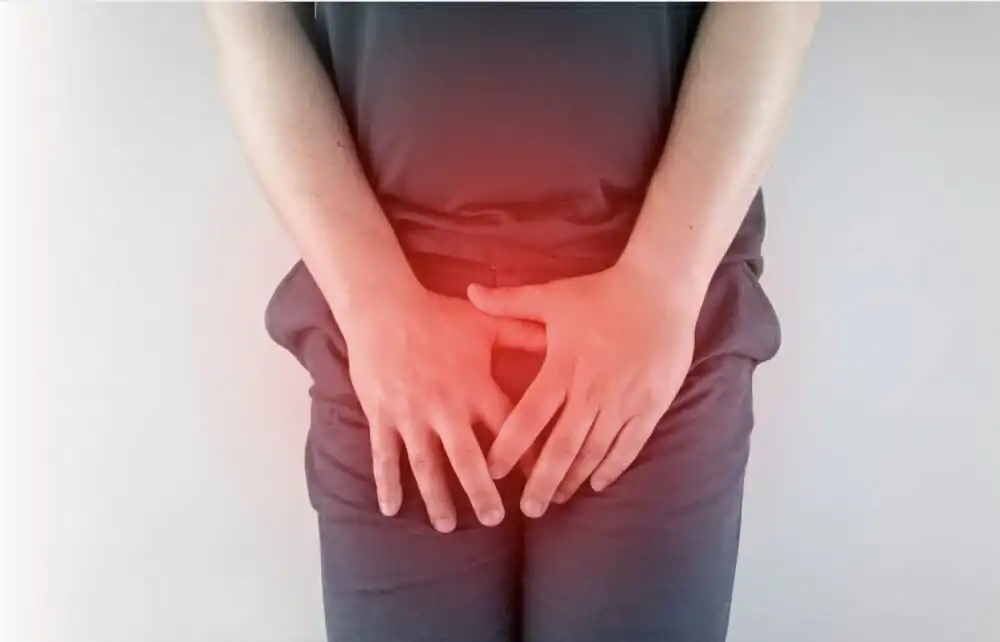What You Need to Know About Prostatic Artery Embolization (PAE)?

As people age, certain health problems are almost inevitable. Hearing loss, achy joints, and even cognitive decline soon become a part of life. Another condition that may come with age-related health concerns is Benign Prostatic Hyperplasia. Also called BPH, it affects more than 3 million men in America every year who look to physicians for treatments like prostatic artery embolization.
The prostate gland is located just beneath the bladder. Serving as a transportation system for the body’s urine supply, the urethra is a tube that passes through the center of this gland. When the prostate enlarges, as can be seen with BPH, urine flow is blocked. This can cause frequent urination at night, difficulty starting urination, a weak urine stream, the inability to urinate, and an array of other unconformable symptoms.
Common conditions like BPH have a wide variety of treatment options. For example, medication can be prescribed by a health care physician to help improve urine flow. Contacting a health care specialist such as a Urologist can assist to develop a personalized treatment plan that works best for you. Transurethral resection of the prostate, or TURP, can be performed where a portion of the prostate is removed to improve urine flow. However, TURP can impact your sex drive or even cause erectile dysfunction. Patients that receive TURP are also required to stay at the hospital for overnight observation.
Another treatment option to consider is Prostatic Artery Embolization (PAE). At Pedes Orange County, our Interventional Radiologists are specialists in minimally invasive procedures such as PAE.
Is PAE right for you?
This type of surgical procedure begins as an Interventional Radiologist makes a small incision in the groin to insert a catheter. The catheter is then used to inject a solution of microscopic plastic beads, which aids in the prostate gland’s blood flow regulation. After the procedure is performed, alleviated pressure will improve urine flow and help the prostate return to normal size.
PAE has many benefits. PAE treatment has a ninety percent success rate. Unlike other treatment options, PAE does not impact a patient’s sex drive. Another significant benefit to PAE is the recovery time. PAE is considered an outpatient procedure, meaning patients will likely go home the same day. Since nothing is removed during a PAE procedure as it would during TURP, patients will not have to worry about painful, internal wound healing. PAE is an easy fix for a difficult problem. Contact one of our vascular surgeons and specialists at Pedes Orange County to find out if Prostate Artery Embolization is the right fit for you.











